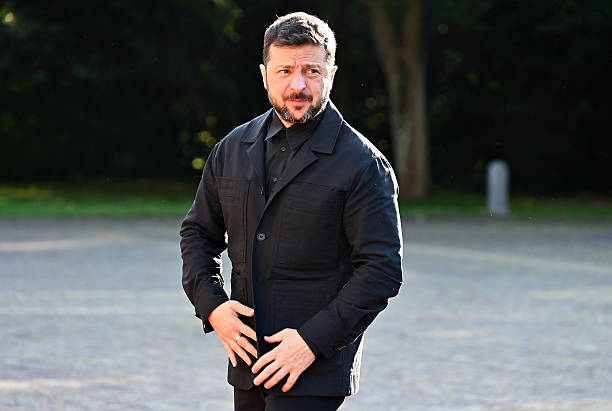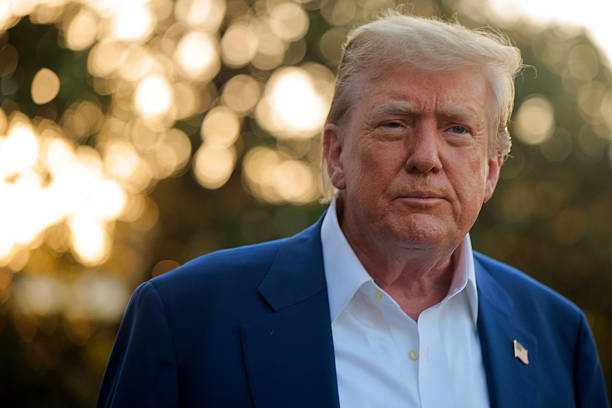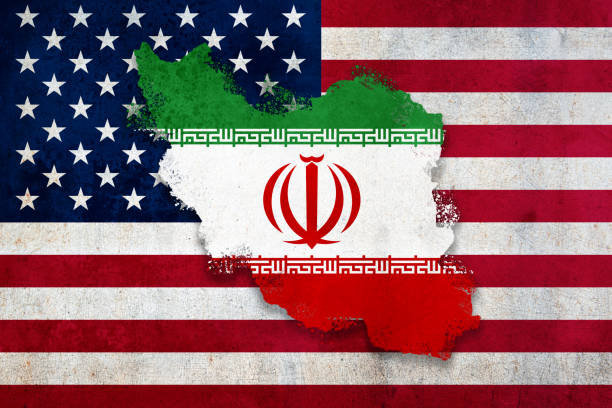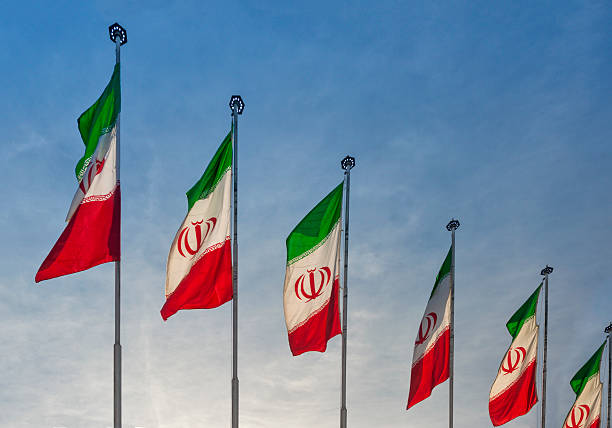Ukrainian Forces Halt Russian Advance in Sumy, Front Line Stabilized
Ukrainian forces have halted Russia's advance in the Sumy region, stabilizing the front line and preventing the redeployment of tens of thousands of Russian troops.
 NATO summit in The Hague
NATO summit in The HagueUkrainian forces have successfully halted a recent Russian advance into the northern Sumy region and have stabilized the front line near the border, Ukraine’s top military commander announced Thursday.
Col. Gen. Oleksandr Syrskyi, commander in chief of Ukraine’s armed forces, stated that Ukrainian operations in the Sumy region have prevented Russia from redeploying approximately 50,000 troops, including elite airborne and marine brigades, to other critical areas of the front. The claim has not been independently verified, and Russian officials have not yet issued a response.
Russia has been making slow, incremental gains along parts of the roughly 1,000-kilometer (620-mile) front line, often incurring significant losses in personnel and armored vehicles. Outnumbered Ukrainian forces continue to rely heavily on drone technology to resist Russian advances.
Despite international diplomatic efforts, particularly those led by the United States, to end the conflict that has now lasted over three years, no resolution has been reached. Nevertheless, prisoner swaps between the two nations have continued, facilitated by ongoing talks in Istanbul.
Both the Russian Defense Ministry and Ukrainian authorities confirmed another prisoner exchange on Thursday. Ukraine’s coordination headquarters for POWs stated that the exchange included injured soldiers and those with health conditions, with the youngest being 24 and the oldest 62. The statement added that additional exchanges are anticipated in the near future.
The city of Sumy, capital of the region of the same name, had a prewar population of around 250,000 and lies roughly 20 kilometers (12 miles) from the front line. Russia’s earlier push into the region prompted Ukraine to bolster its defenses. Syrskyi noted that a special defense group has been established to enhance security in Sumy and surrounding areas, with priorities including the fortification of defenses and expedited construction of barriers.
In March, Ukrainian forces withdrew from much of Russia’s neighboring Kursk region, territory they had briefly occupied following a surprise cross-border assault in August. This withdrawal enabled Russian troops to mount a counteroffensive that pushed 2 to 12 kilometers (1 to 7 miles) into Ukrainian territory, according to various estimates.
Elsewhere, Ukrainian officials reported intense fighting in the eastern Donetsk region. The Russian Defense Ministry said on Thursday that its forces had captured two villages — Novoserhiivka and Shevchenko. The capture of Shevchenko was described as a key development in Russia’s effort to advance into Ukraine’s Dnipropetrovsk region, an industrial hub bordering Donetsk.
Long-range strikes also continued from both sides. Russia’s Defense Ministry reported that 50 Ukrainian drones were downed over nine regions overnight, including three over the Moscow area. Meanwhile, Ukraine's air force said Russia launched 41 Shahed and decoy drones during the night, wounding five people. It added that 24 drones were either intercepted or jammed.







Conversation